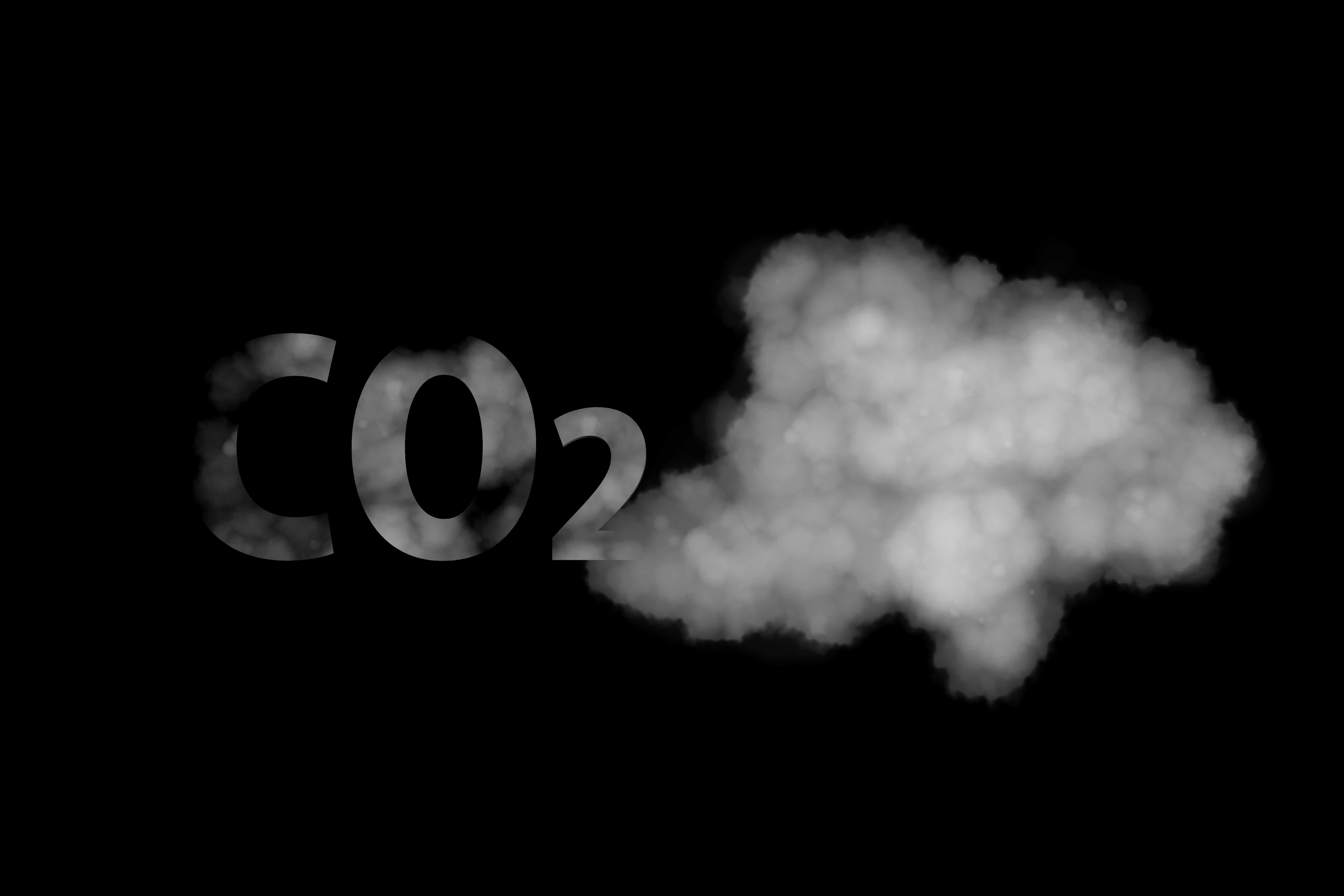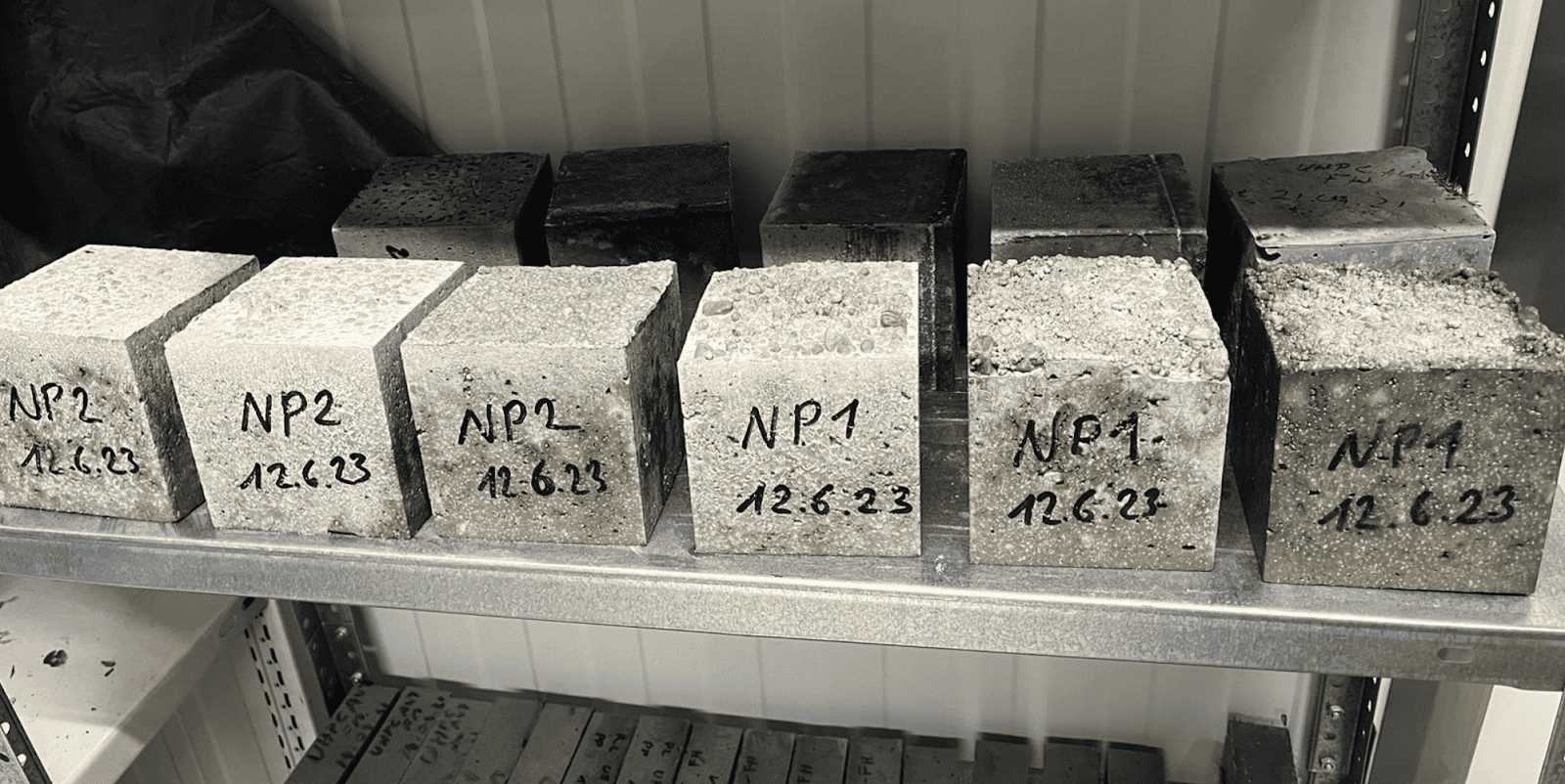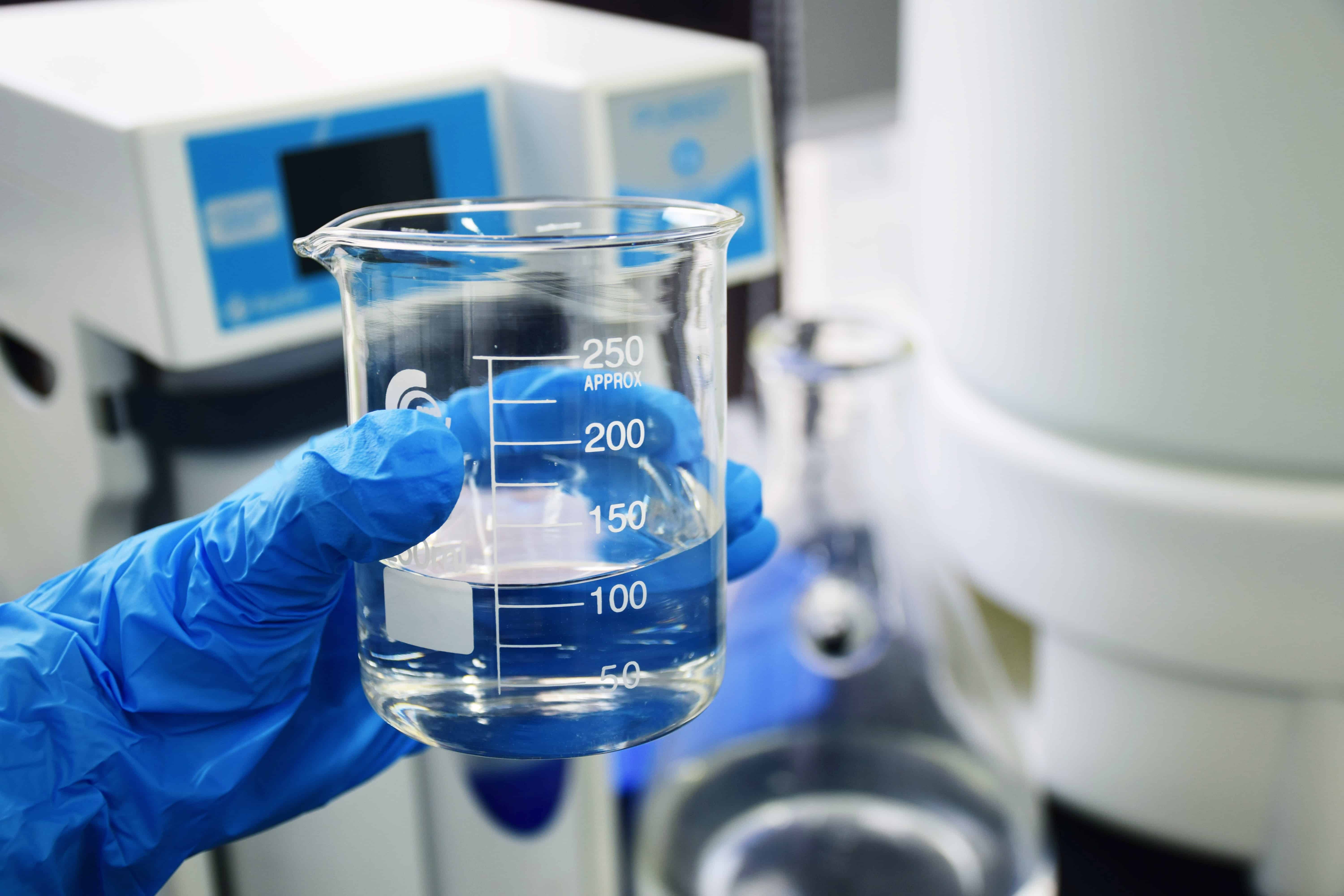
A team of students from the Swiss science and technology institution EPFL is working on a unique prototype that uses graphene membranes combined with a porous, sponge-like material to pull carbon from the atmosphere, says EPFL in a press release.
The project, which is a part of EPFL’s MAKE program, aims to build a machine that can remove CO2 from the air.
- EPFL students work on a prototype using graphene membranes and a sponge-like material to extract CO2 from the atmosphere.
- Combining two technologies, one captures CO2 at low concentrations using adsorbent powder, while the other uses graphene membranes as sieves for higher CO2 concentrations.
- The team aims to develop a cost-effective carbon capture technology to meet climate goals by removing carbon emissions from the atmosphere.
Technologies involved
The project involves two technologies. The first one, developed at the Laboratory for Functional Inorganic Materials (LFIM) and headed by Prof. Wendy Queen uses an adsorbent powder which acts like a sponge, pulling CO2 from the air as it passes through it. The powder is then heated to release the trapped carbon.
The second technology, developed by Prof. Kumar Agrawal uses porous atom-thick graphene membranes that act like sieves, allowing only CO2 to pass through from the mixture of CO2 and N2. “Our technology is based on relative molecular size,” Agrawal explains. “Using a chemical process, we puncture tiny, CO2-sized holes in the graphene film. CO2 can pass through these holes but not N2 which is a bigger molecule.”
All the benefits without the drawbacks
The team’s approach aims to harness all the benefits of the two technologies while avoiding their drawbacks. The benefit of Prof. Queen’s technology is its ability to capture CO2 even at low concentrations. However, because the powder has to be heated to release CO2, the process is energy-intensive. The heat also damages the adsorbent powder, which has to be replaced at regular intervals. Conversely, Prof. Agrawal’s technology uses very little energy but works efficiently only at relatively high CO2 concentrations. The team’s concept involves preparing “CO2-enriched” air using only a moderately powerful adsorbent powder and then passing this air through the membranes, which work more efficiently at higher carbon concentrations. “By combining these two approaches, we can significantly reduce the cost of carbon capture,” says Queen.

Challenges
According to Prof. Agrawal, the results of the large-scale simulations are promising. The team has also built a prototype that now needs to be tested. The scale was one of the main challenges the team faced. “In the lab, we work at the centimetre scale,” says Agrawal. “We had to build membranes out to the meter-scale, then scale them up to 10 times that size, in order to make them suitable for real-world applications.”
Climate goals in mind
To begin with, the prototype will be capable of trapping only tiny quantities of CO2. “But our goal is to capture one or two kilos of CO2 per day,” says Karl Khalil founder of EPFL carbon team. “By the end of this year, we’re aiming to produce carbonated water on campus.”
“Our aim is to develop a technology that works. If the world is to meet its climate targets, we don’t need to just capture the CO2 we’re emitting today. We also have to remove all the carbon released into the atmosphere since the dawn of the industrial age,” he says.







